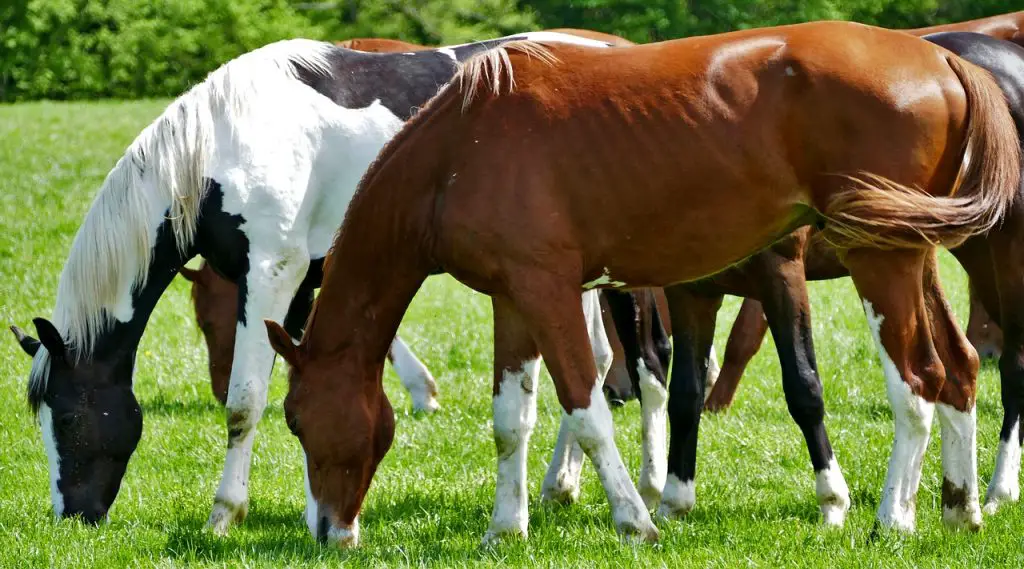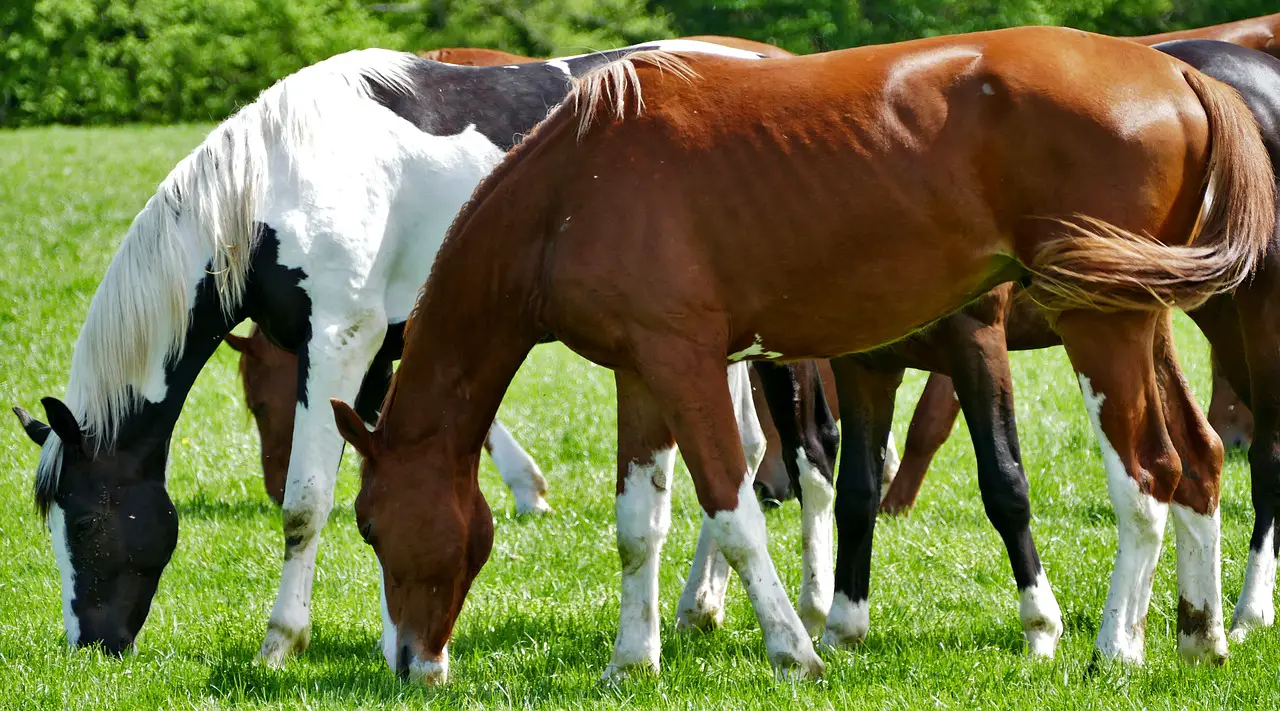Last Updated on April 4, 2022 by Allison Price
The facts about kidneys
Horses’ kidneys are amazing. They process approximately 45 litres of blood per hour to filter out waste and keep the essential bits that your horse needs.
Where are your kidneys?
Horses have two kidneys, just like all vertebrate mammals. They are located just behind the saddle, in the abdominal cavity below the last ribs. One side is the lumbar portion of the spine. Your vet may feel the edge of the left kidney during an internal exam. The right kidney is slightly farther back than the left.
What are the kidneys for?
Your horse’s kidneys are an important part of its urinary system. They are responsible for extracting and removing waste products from the blood.
Each kidney averages around 680g. However, the right kidney is shaped more like a heart on a playing-card. The left kidney is more traditional.

The kidneys are contained within their own capsules and protected by a layer of fat as well as a substantial amount of muscle. The ureter is a drainage tube that runs from the kidneys to the bladder. Both are connected to the circulatory systems via a renal vein or renal artery.
Waste treatment and purification
The kidneys filter the blood to eliminate any unwanted or harmful waste products resulting from bodily activity.
Two layers of tissue are used to process blood. More than a million micronoscopic nephrons purify the incoming fluid. To replenish any deficiencies, salt, potassium, sulphate and phosphate are all released back into bloodstream. All water required by the circulatory system to function is absorbed. Waste products are then sent to the bladder for elimination in the urine.
Fluid control and hormone production
The kidneys regulate fluid volume and balance acidity and alkalinity. They also produce hormones which support red blood cell production and regulate blood pressure.
Kidney problems
Only a few horses are diagnosed as having kidney disease, despite the kidneys working tirelessly every day.
It can be hard to identify signs of kidney dysfunction, but they may include:
- An abnormal urination that may cause strong smelling, discolouration or increased urination.
- Weight loss
- The buildup of urea in the blood and the subsequent gum inflammation can cause dental tartar and gum inflammation.
- Lethargy
- Performance reduced
- Appetite decrease
- Lack of sheen and a rough coat
How can kidney dysfunction be treated?
Acute kidney failure can be treated if the root cause is addressed. Fluid and electrolyte loss can also be corrected. Chronic kidney failure, however, can be very damaging and can lead to more damage. While dietary changes may improve the short-term quality of your life, it is not likely to improve your long-term prospects.
Your vet can take urine and blood samples from your horse to determine if your horse is suffering from kidney dysfunction.
Did You Know?
Horse blood will travel through the kidneys 60 times per hour. Horses can produce up to 15 litres per day. Peri-renal fat is shock-absorbing fat that insulates the horse’s kidneys. This is the last fat that should be removed during starvation.


